Colorado
This Colorado town was literally built to shame its sinful neighbor
Published
1 hour agoon
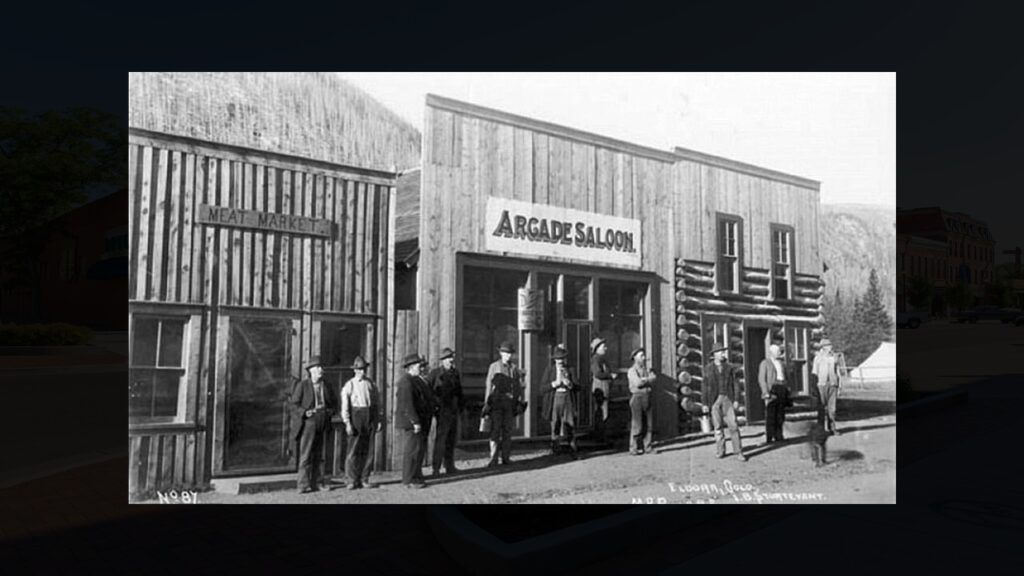
Palmer’s Dry Colorado Springs Versus Wild Colorado City
In 1871, Civil War hero William Jackson Palmer looked at wild Colorado City and said “no thanks. ” The Quaker general bought land to the east and built Colorado Springs as its moral opposite.
His new town banned booze while next door, Colorado City kept its 20-plus saloons, brothels, and opium dens running day and night. Yet the towns shared a secret.
Wealthy Springs men used hidden tunnels under Colorado Avenue to sneak into the very vices their town forbade. The rivalry lasted until 1917 when Colorado City joined its righteous neighbor.
These historic streets still hold the tale of America’s most fascinating temperance experiment.
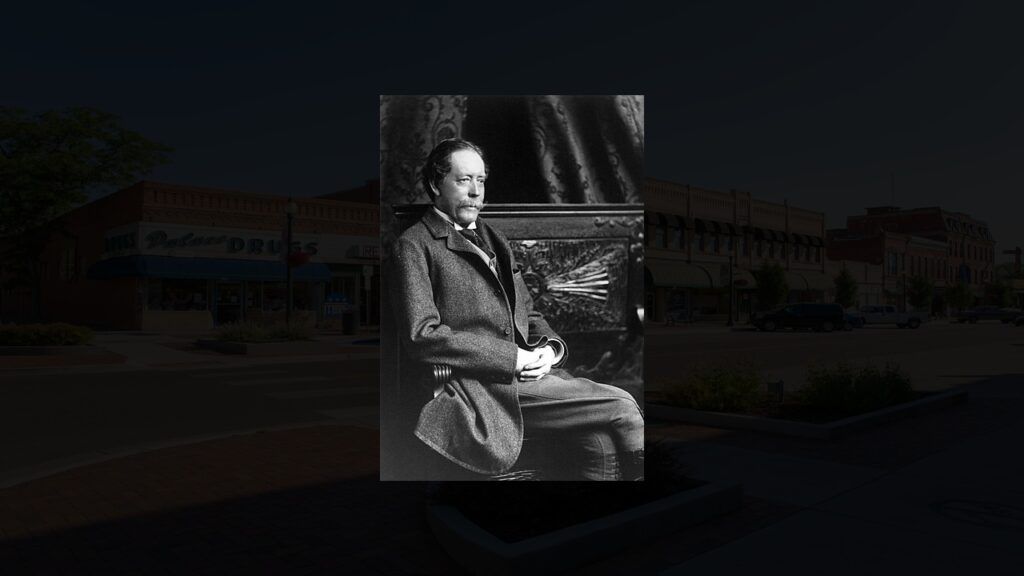
A Quaker General Shaped Colorado’s Most Famous Temperance Experiment
William Jackson Palmer grew up in a Quaker family in Delaware during the 1830s, learning strong anti-alcohol values early on.
Though raised as a pacifist, Palmer joined the Union Army when the Civil War broke out, believing slavery was worse than war.
He rose quickly through the ranks, led cavalry units, and earned both general status and the Medal of Honor for his bravery in battle.
This mix of Quaker values and military leadership gave Palmer a unique vision for building communities out west.
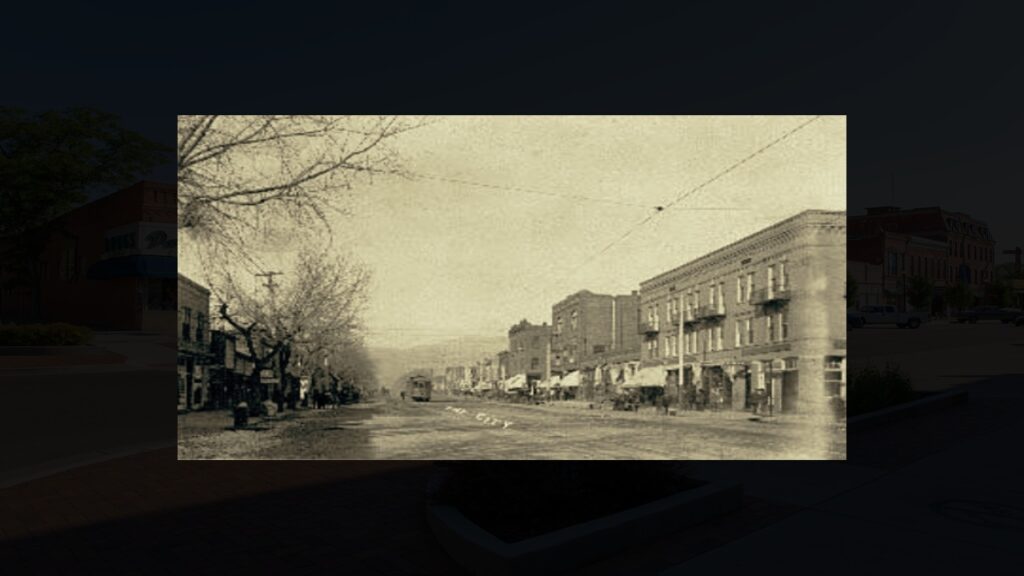
Saloons And Brothels Made Colorado City Notorious
Colorado City popped up in 1859 as a supply stop for gold miners, but quickly became known as the wildest town around.
Dozens of saloons lined Colorado Avenue, serving miners, railroad workers, and travelers day and night. Brothels ran openly, some right above the saloons and others behind them on Cucharras Street.
Gambling rooms and opium dens filled out the typical frontier vice district.
By the 1860s, Colorado City stood firm as the region’s main spot where men found all types of entertainment.
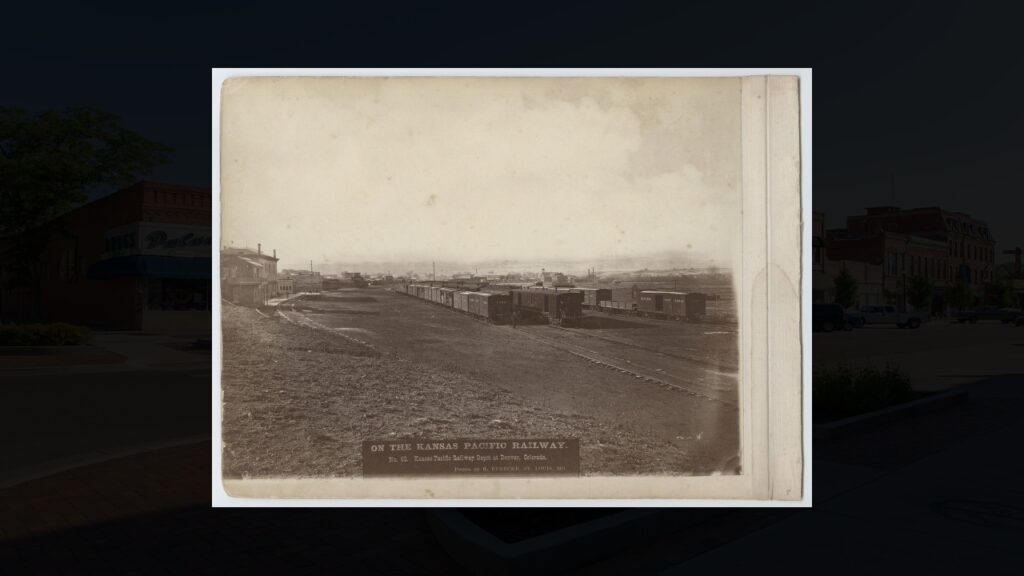
The Land Purchase That Started A Moral Crusade
Palmer first saw Colorado’s Front Range while mapping railroad routes for the Kansas Pacific Railway in the late 1860s. He loved the views of Pikes Peak but worried about Colorado City’s widespread vice.
In 1871, Palmer bought 10,000 acres of good land just east of the rowdy town. This purchase gave him control of beautiful land with mountain views and plenty of water.
Palmer put his planned community at a distance from the existing town of sin.
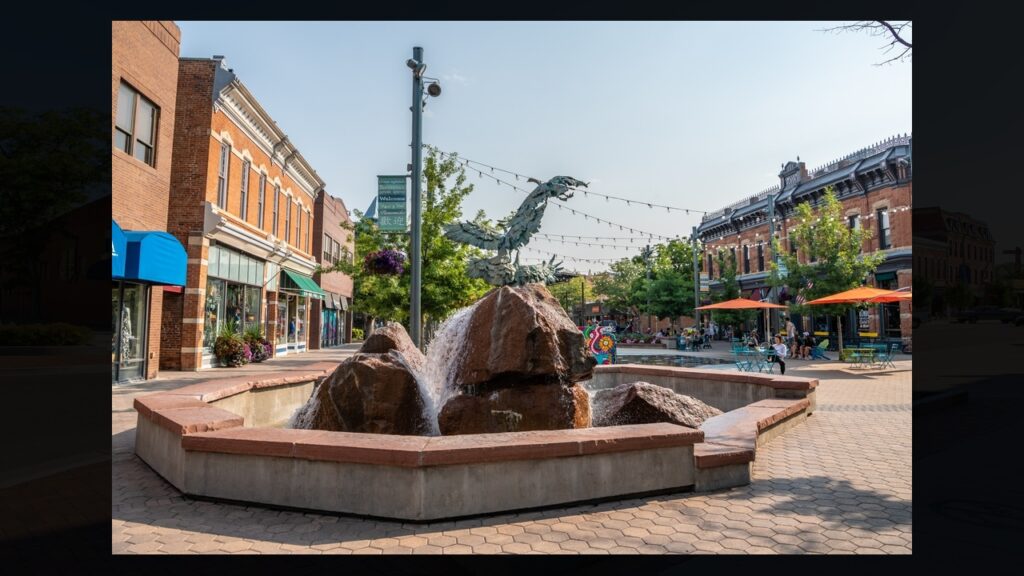
Deeds Came With A No-Alcohol Clause
On July 31, 1871, Palmer officially started Fountain Colony, soon called Colorado Springs. Palmer and his business partner Dr. William Bell put strict no-alcohol rules in every land deed sold in the new town.
These legal clauses banned making, selling, or drinking alcohol on the property, with lawbreakers losing their land back to the town company.
Palmer marketed his town as “the most attractive place for homes in the West,” focusing on schools, colleges, books, and science.
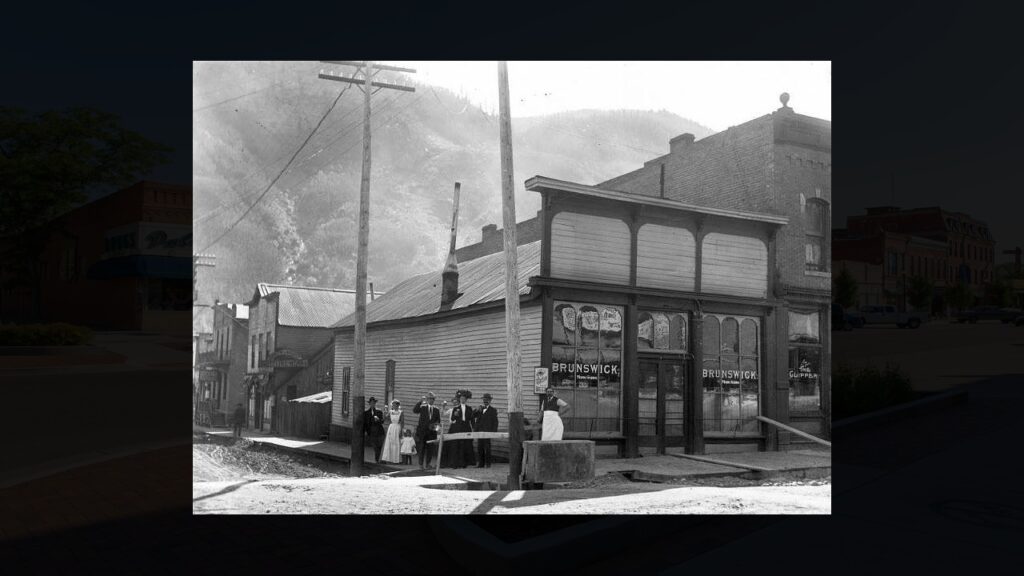
Secret Tunnels Let Men Visit The “Wrong Side” Of Town
Colorado City business owners created a clever solution to serve both the vice trade and customers who wanted privacy.
They dug underground tunnels beneath Colorado Avenue, linking proper businesses with the red-light district.
Men from Colorado Springs could walk into a barbershop or store, slip underground, and come up in a saloon or brothel without being seen on the streets.
These tunnels grew more complex as Colorado Springs built its reputation for proper living.
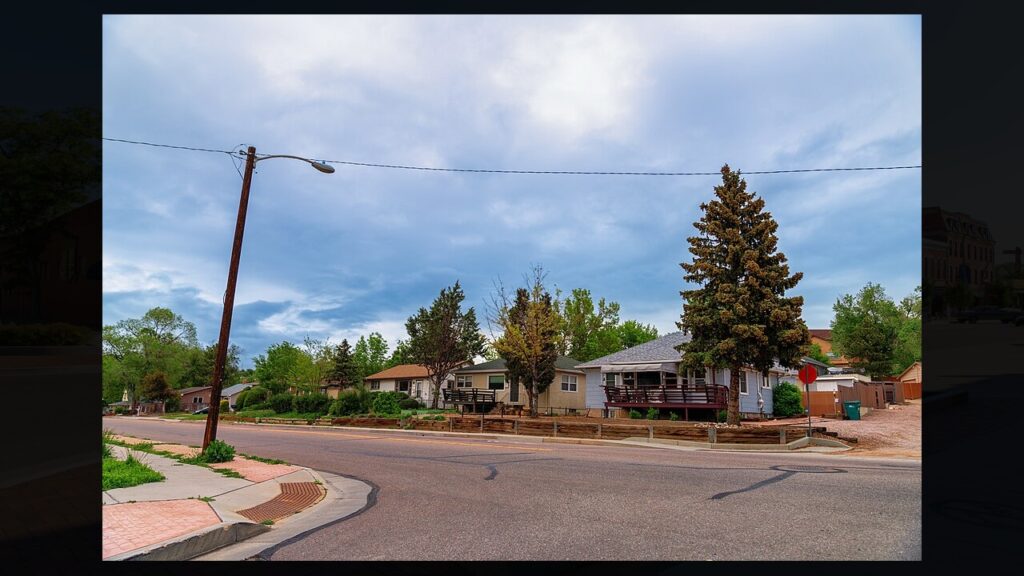
Two Towns Separated By More Than Just A Creek
Fountain Creek made the physical line between these neighboring towns, but the social gap ran deeper. Colorado City housed working-class railroad workers, mill workers, immigrants, and vice industry staff.
Across the creek, Colorado Springs grew as Palmer’s “city of millionaires” with wide streets, nice homes, and cultural spots.
Palmer’s town drew tuberculosis patients seeking dry air, Eastern investors, and families looking for refined society, while Colorado City kept serving those wanting rougher fun.
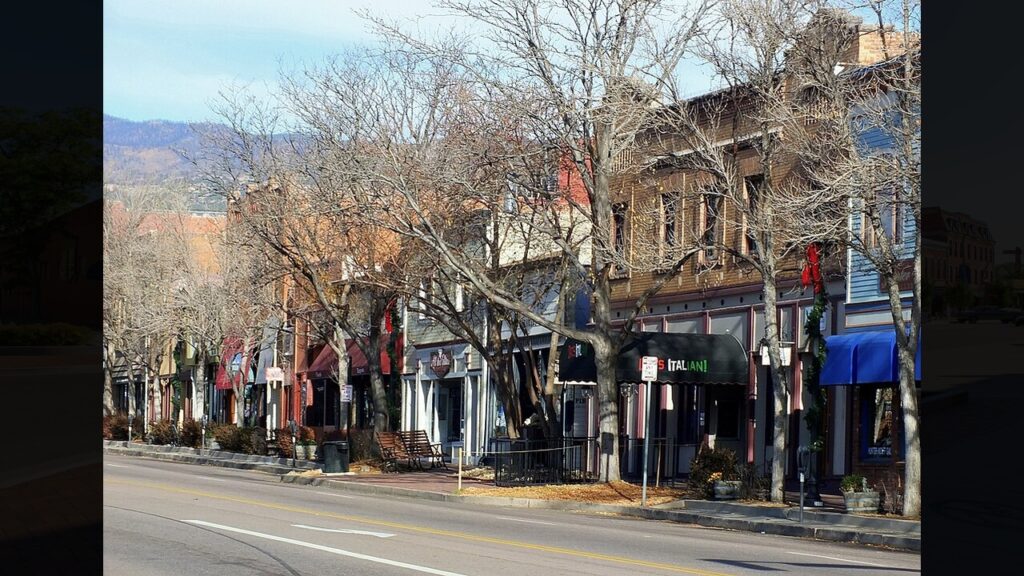
The Queen Of The Red Light District Owned A Pet Elk
By the 1890s, Colorado City’s vice business hit its peak with more than 20 saloons, gaming parlors, and brothels running almost non-stop. These places closed only on Sundays and Christmas, staying open all other times.
The city got lots of money through licensing fees and fines for minor rule-breaking. Laura Bell McDaniel became the most famous madam, known as the “queen of the tenderloin district.
” Locals knew her for keeping a pet elk named Thunder who pulled her carriage through town.
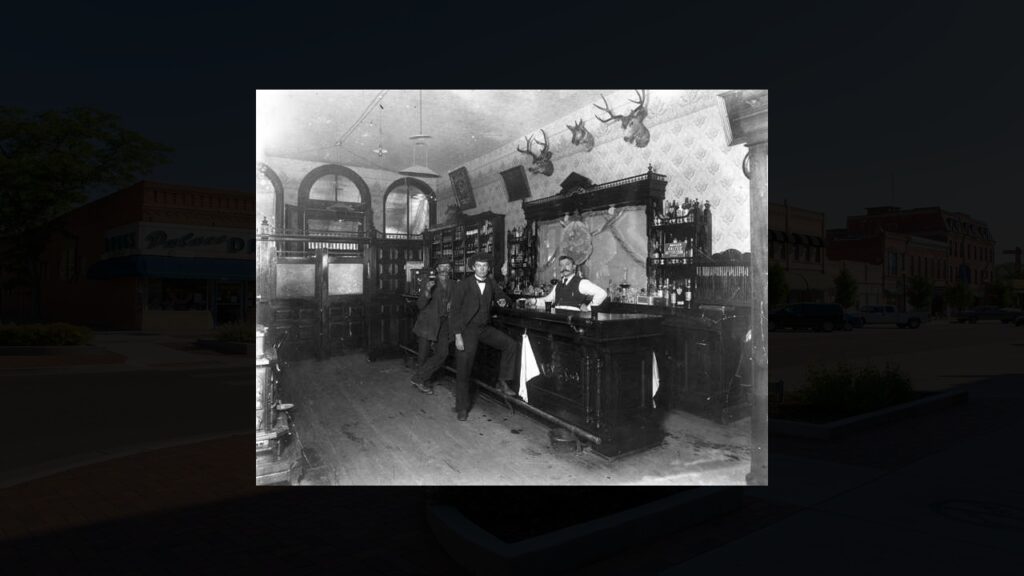
Temperance Crusaders Took On The Saloon Culture
Women’s Christian Temperance Union members started organizing in both towns, pushing officials to change or shut down vice spots.
A big 1906 anti-alcohol rally in Colorado Springs brought 2,500 people marching through the streets. Six churches worked together to push for limiting saloon hours and Sunday business in Colorado City.
Their work gained steam as the national prohibition movement grew stronger. Colorado voters approved statewide prohibition in 1916, four years before the national ban.
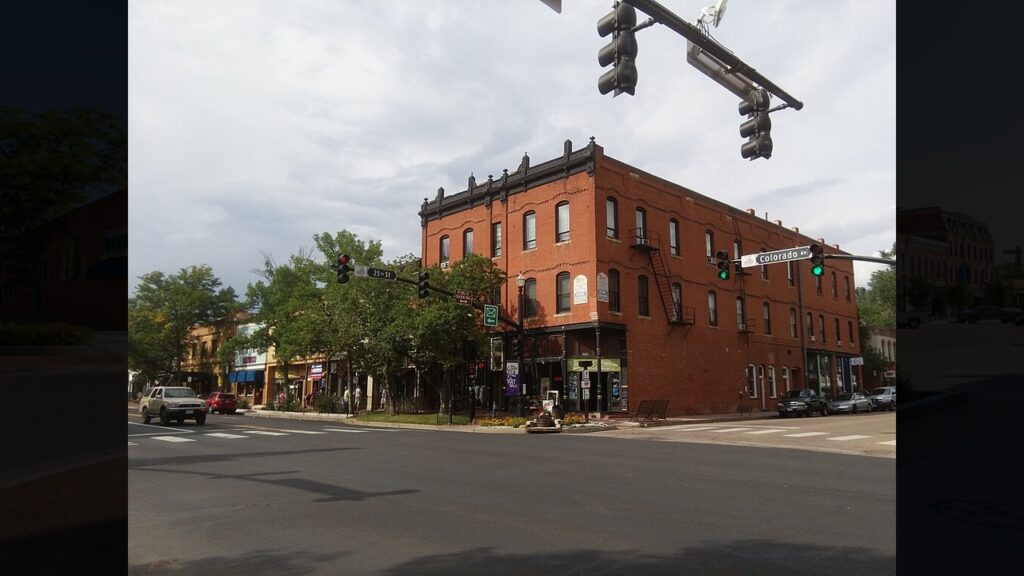
The Wild Town Decided To Clean Up Its Act
Colorado City folks slowly tired of their town’s bad reputation and the social problems that came with heavy drinking.
In a surprise move, Colorado City voters passed their own local prohibition law in 1913, three years before the state went dry.
This choice ended the town’s main money-maker and led to the abandonment of the once-busy underground tunnels.
Several big fires between 1902 and 1909 had already damaged many vice businesses, making the change easier as rebuilding focused on legitimate shops.
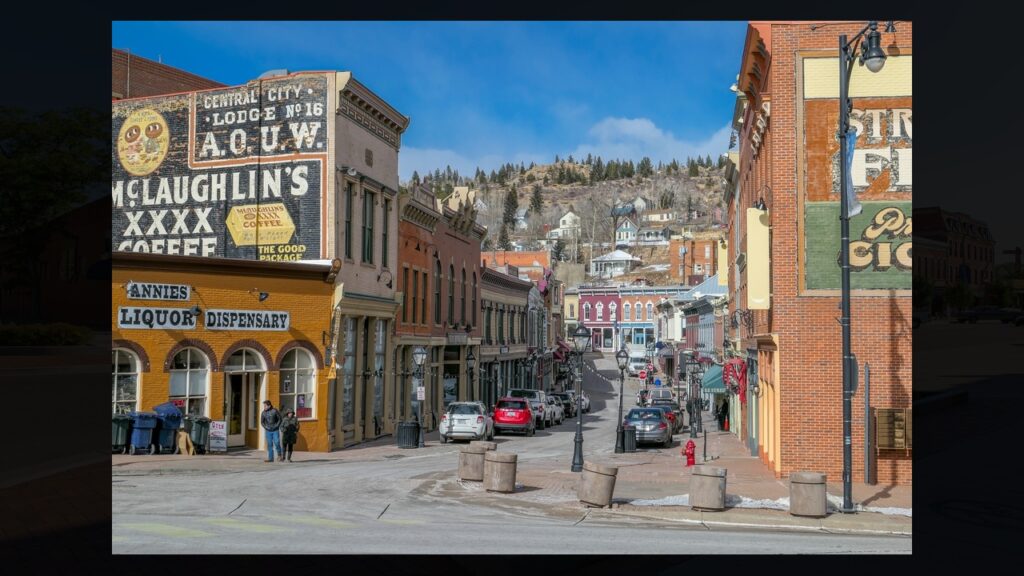
Annexation Ended The Rivalry For Good
In April 1917, Colorado City citizens voted to join Colorado Springs. Practical concerns drove this choice, including lower property taxes and better public services.
The towns officially merged on June 10, 1917, legally uniting the once-opposed communities.
A small area refused to join and briefly formed a separate town called Ramona specifically to keep selling liquor, but this holdout didn’t last long once statewide prohibition started.
The divide between sinful and righteous was officially gone.
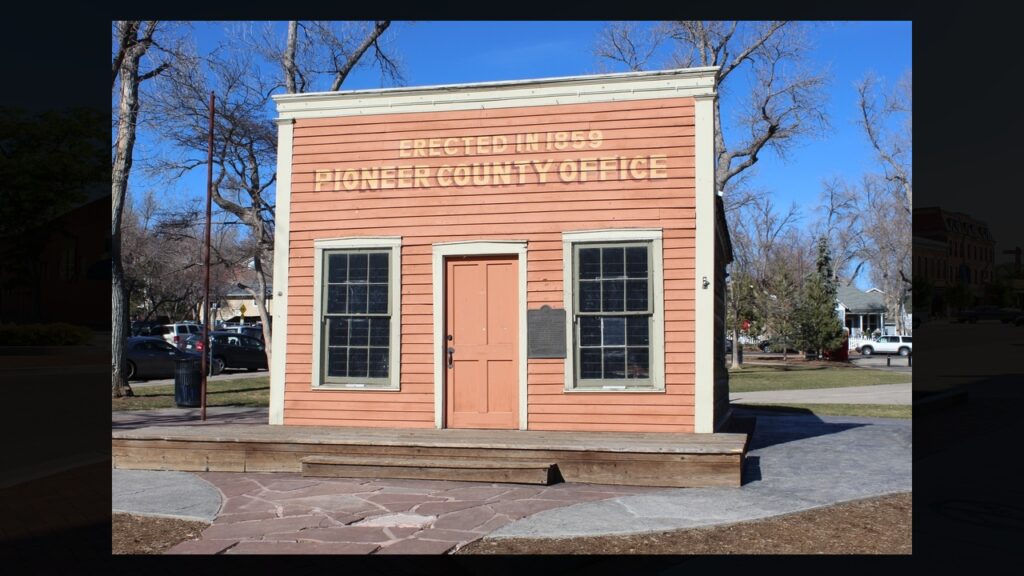
Druggists Found A Loophole In Palmer’s Dry Town Rules
Throughout the prohibition years, Colorado Springs residents could still obtain alcohol through a common workaround. Local druggists sold liquor for “medicinal purposes” to customers who knew how to ask properly.
This practice continued through both local and national prohibition periods.
When the 21st Amendment repealed Prohibition in 1933, Colorado Springs finally lifted its alcohol ban, ending Palmer’s 61-year temperance experiment.
Today, breweries and bars operate freely in the once-dry town, though few patrons realize they’re drinking on land where alcohol was forbidden for more than six decades by the vision of a Quaker general.
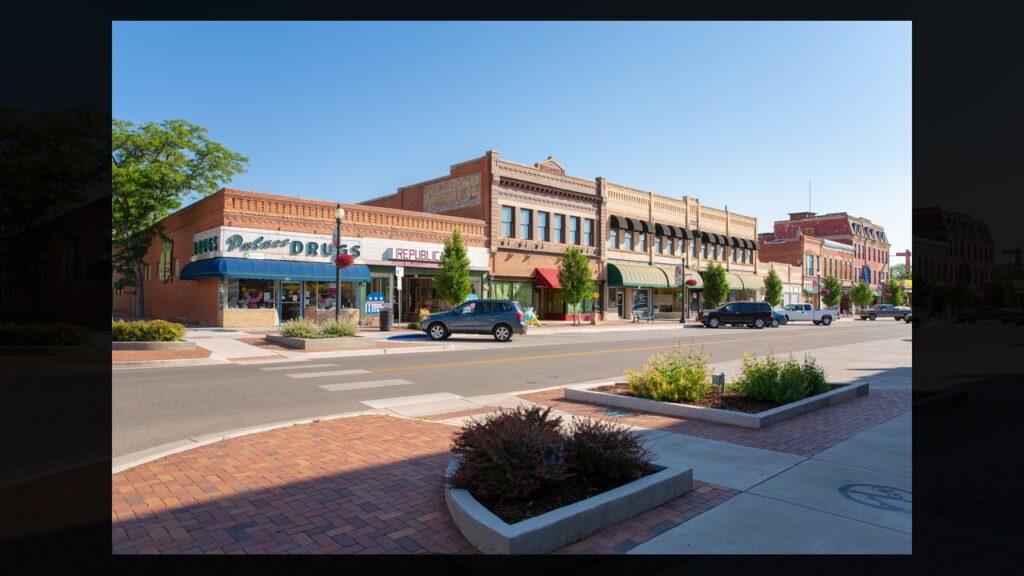
Visiting Old Colorado City, Colorado
You can explore Palmer’s temperance experiment at two spots in Old Colorado City.
The Michael Garman Museum at 2418 W Colorado Avenue is open daily 10am-5:30pm with paid admission and includes a scavenger hunt.
For free history, visit the Old Colorado City History Center at One South 24th Street, open Tuesday-Saturday 11am-4pm.
Both places tell the story of how Palmer created “dry” Colorado Springs to compete with Colorado City’s wild saloons and brothels.
This article was created with AI assistance and human editing.
Read more from this brand:
John Ghost is a professional writer and SEO director. He graduated from Arizona State University with a BA in English (Writing, Rhetorics, and Literacies). As he prepares for graduate school to become an English professor, he writes weird fiction, plays his guitars, and enjoys spending time with his wife and daughters. He lives in the Valley of the Sun. Learn more about John on Muck Rack.

Test Post

15 mountain towns in America where fall feels like a painting

This Connecticut submarine museum boasts the Cold War’s most desperate shopping trip

This Colorado town was literally built to shame its sinful neighbor

The drive that shows Maryland like you’ve never seen before

12 Reasons Why You Should Never Ever Move to Florida

Best national parks for a quiet September visit

In 1907, Congress forced Roosevelt to put God back on U.S. coins. Here’s why.

The radioactive secret White Sands kept from New Mexicans for 30 years

America’s most famous railroad photo erased 12,000 Chinese workers from history
Trending Posts
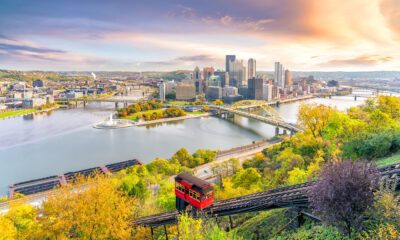
 Pennsylvania4 days ago
Pennsylvania4 days agoHere Are 12 Things People from Pennsylvania Do That Seem Insane To Everyone Else
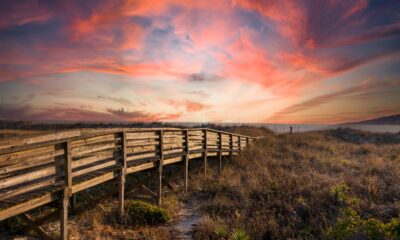
 North Carolina5 days ago
North Carolina5 days agoHere Are 12 Things People from North Carolina Do That Seem Insane To Everyone Else
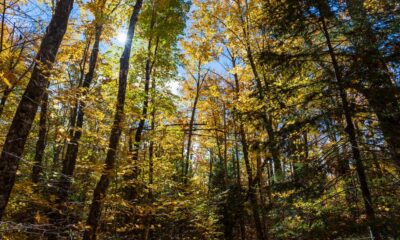
 Maine6 days ago
Maine6 days agoThe ruins of a town that time forgot are resting in this Maine state park
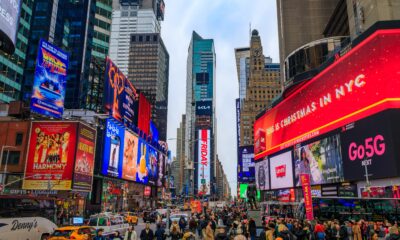
 New York5 days ago
New York5 days agoHere Are 12 Things People from New York Do That Seem Insane To Everyone Else
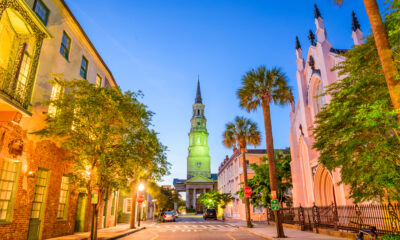
 South Carolina3 days ago
South Carolina3 days agoHere Are 12 Things People from South Carolina Do That Seem Insane To Everyone Else
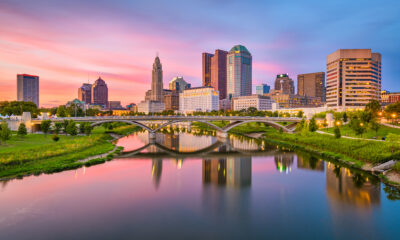
 Ohio5 days ago
Ohio5 days agoHere Are 12 Things People from Ohio Do That Seem Insane To Everyone Else
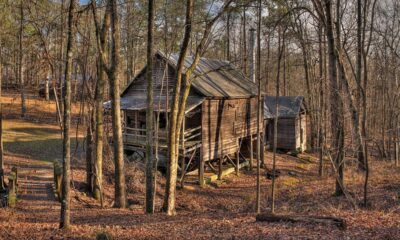
 Georgia6 days ago
Georgia6 days agoThis plantation’s slave quarters tell Georgia’s slowest freedom story
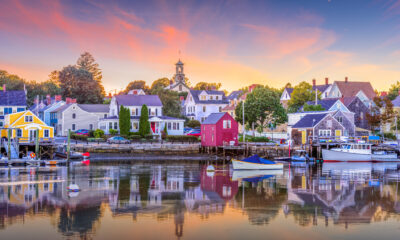
 New Hampshire6 days ago
New Hampshire6 days agoHere Are 12 Things People from New Hampshire Do That Seem Insane To Everyone Else
